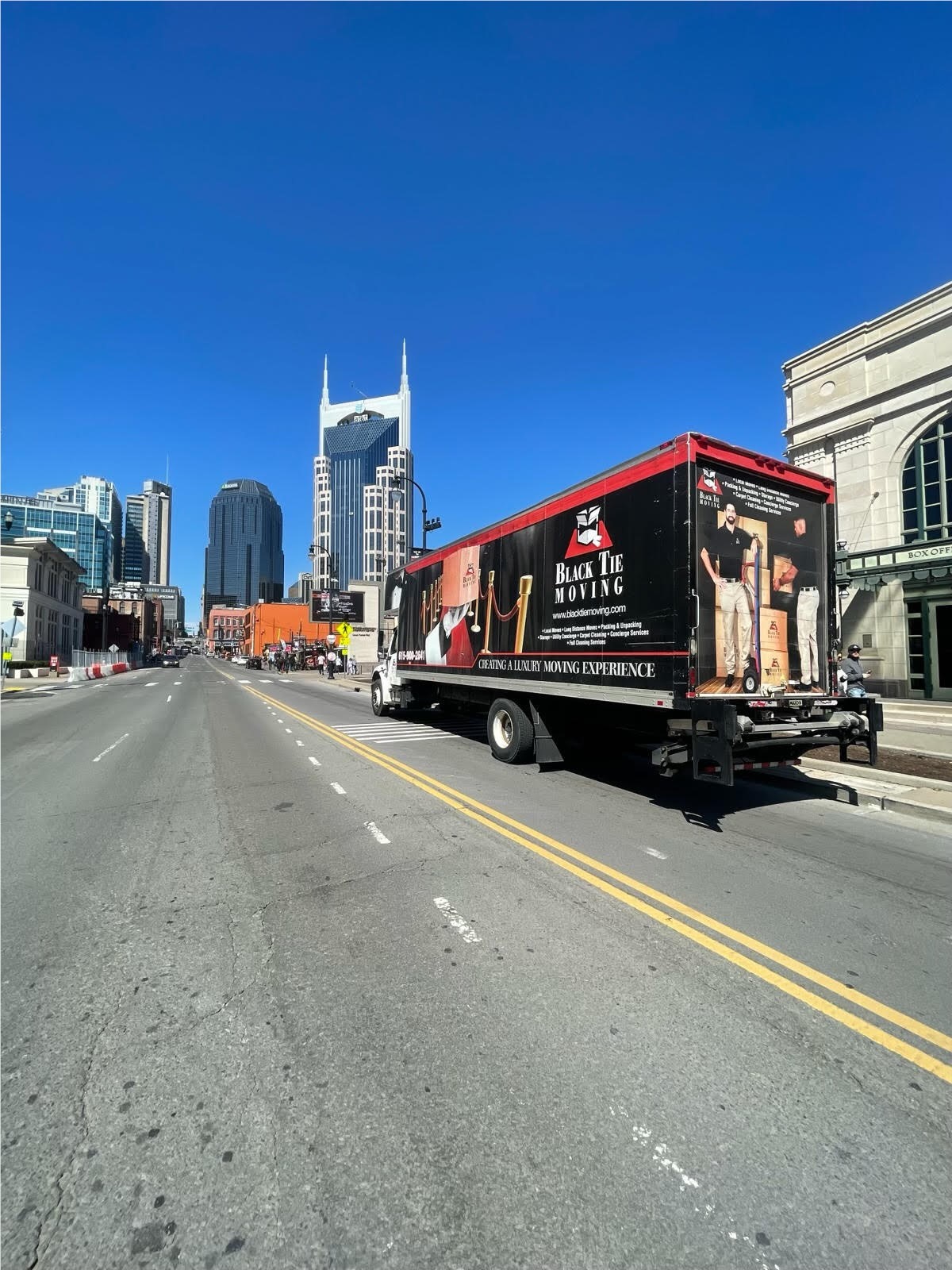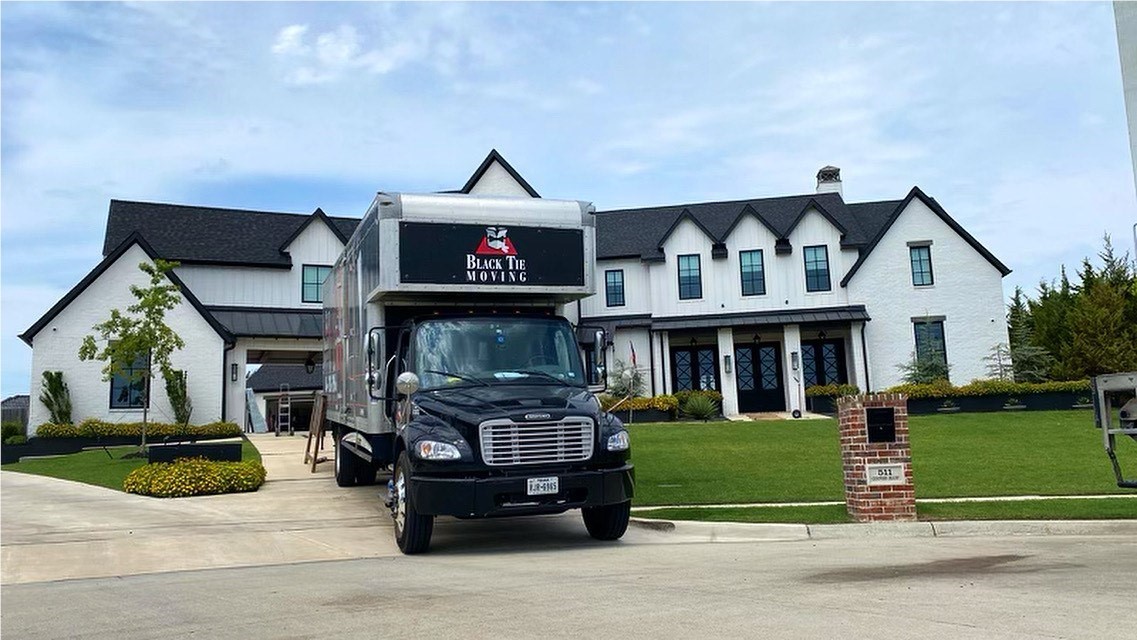Between scheduling your move, organizing your belongings, and relocating to your new home, buying insurance might not be atop your list of priorities. But even if you have renters or homeowners insurance, their policies don’t usually provide coverage if your things are lost or damaged while in transit. This leaves your possessions vulnerable to various pitfalls that can happen during your move, making moving insurance a luxury you won’t want to skip out on.
What Does Moving Insurance Cover?
Moving insurance typically covers damages done to items in transit and sometimes storage. However, what is specifically covered under your moving insurance depends on your chosen policy. An important question to ask your moving company is what kind of liability they provide during your move. As the owner of these items, some of which may be valuable and personal, you want to ensure that these items are covered in case of an issue or accident during the move.
What We Offer: Standard Cargo Coverage
Black Tie Moving offers Standard Cargo Coverage with every move that we make. Standard cargo coverage is also known as “released value protection.”
This insurance covers 60 cents for every pound of the damaged item. For example, if you’re moving a 200-pound TV that breaks in the process, you can make a claim with Black Tie Moving for reimbursement. You will be reimbursed for 70 pounds x 60 cents, which equals $42 back from us for that damaged TV.
If you believe your move requires more extensive coverage, we suggest contacting your homeowners or renters insurance for additional coverage on your moving day.
Other Types of Moving Insurance
When you hire a moving company, they’re responsible for the things they’re moving for you — for the most part. If you are moving to another state, moving companies offer two types of insurance coverage, as required by law. Depending on the one you choose, you’ll be reimbursed an amount determined by your coverage.
Released Value Protection
If you’re looking to save some money on upfront costs, you might find that released value protection is a better fit. While it’s offered at no additional cost, this coverage only provides minimal protection, reimbursing up to 60 cents per pound per item. It is important to state that this protection offers compensation based on the item’s weight, not its actual value.
Full Value Protection
As the name suggests, full value protection means your mover is responsible for the total value of any lost or damaged possession of yours while in transit. Full protection coverage is more comprehensive, so it does cost more than other options. However, the price can fluctuate depending on the deductible you choose and the mover you get it from. This is the best coverage option if you have expensive items or possessions that would be pricey to replace. With this insurance, your mover will be expected to:
- Repair damaged items
- Replace lost items or items damaged beyond repair
- Offer cash settlements for repairs or the replacement value
With this option, the movers or moving company decide how compensation will be determined for your property, not you as the mover. The moving company can choose to repair the item to the condition it was in before the move, or they can replace it with an item in a similar condition to what it was when they moved it. For instance, if your 5-year-old refrigerator is damaged during the move, this protection will not provide you with a new refrigerator. You will receive compensation for a brand new fridge; you will be reimbursed for the value of the one you had before the move.
Another important note with this protection is that you will be expected to create an inventory of your personal items valued at more than $100 per pound. Movers are not required to reimburse customers for items valued at more than $100 per pound unless explicitly listed on the inventory or shipping documents. Inventorying your personal items can become a tedious and overwhelming task when you move, so make sure you are prepared to complete this task before choosing this option.
Separate Liability Coverage
You may find that your mover offers separate liability insurance through a third-party company. This means that while they’re still responsible for the released value protection coverage of your items, the individual liability insurance can cover the rest up to the limits allotted by the policy. Additionally, you’re responsible for ensuring you get the details of that coverage in writing and understand what’s covered and excluded.
What’s Not Covered Under Moving Insurance
What is covered under full value and released value protection policies have been detailed, but there are instances in which you may find it difficult to get reimbursed due to loss or damage. These circumstances can include:
- Not informing your movers of any packaged perishables or hazardous materials
- Damage due to DIY packing
- Failure to let your mover know, in writing, if any items hold significant value
- Damage due to natural disasters
Is Moving Insurance Right for You?
In the end, getting movers insurance comes down to preference and your financial situation at the time of your move. Though, it’s highly recommended to opt for moving insurance if you’re making a long-distance move, moving in inclement weather, or simply wanting peace of mind that your assets are covered. Unsure if movers insurance is right for you? Our experts are here to answer all your moving questions. Give us a call at 844-920-2966 or contact us online today!
Subscribe to Black Tie Moving's Blog








Comments